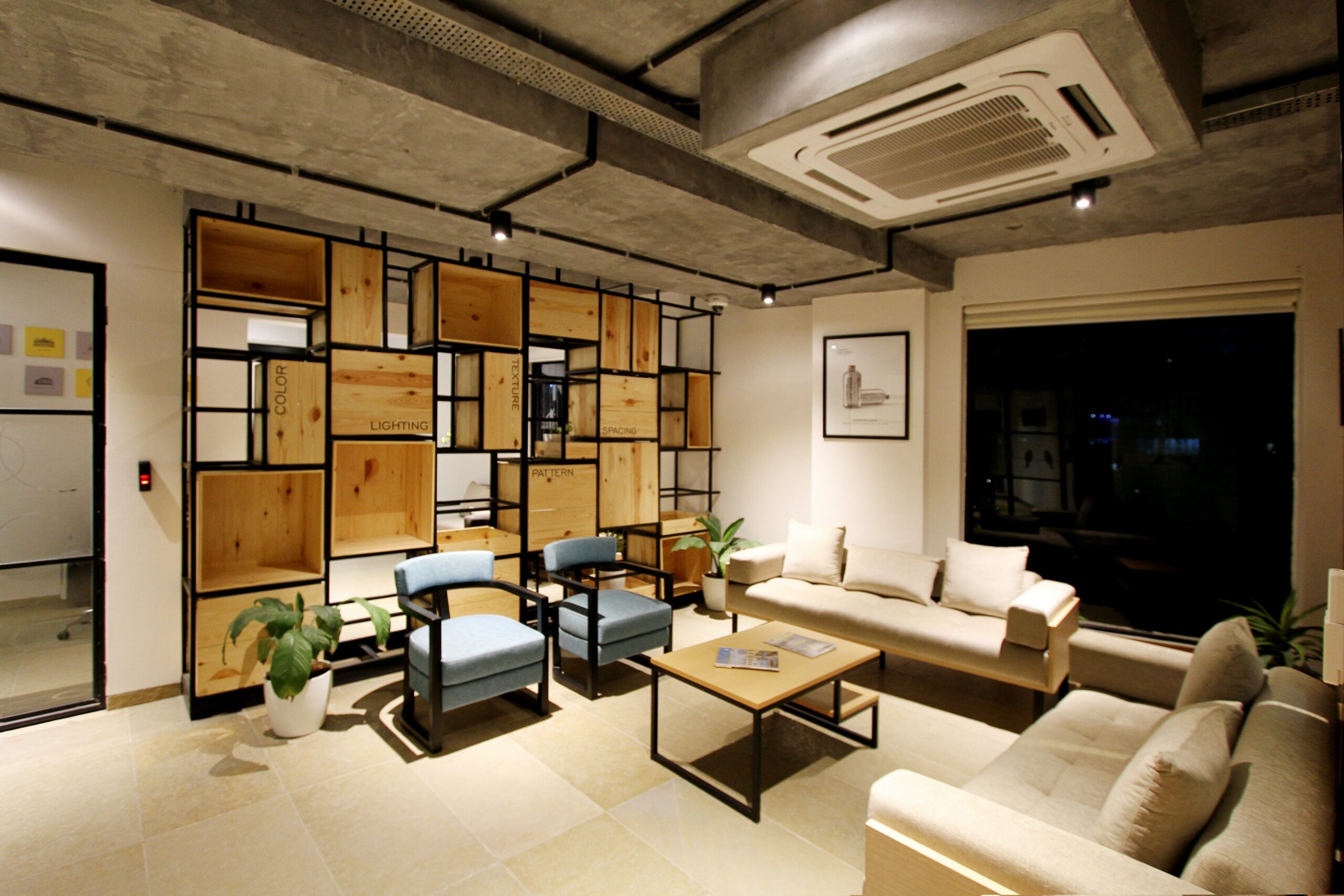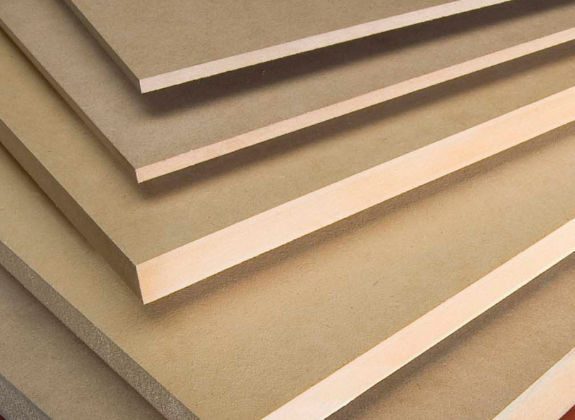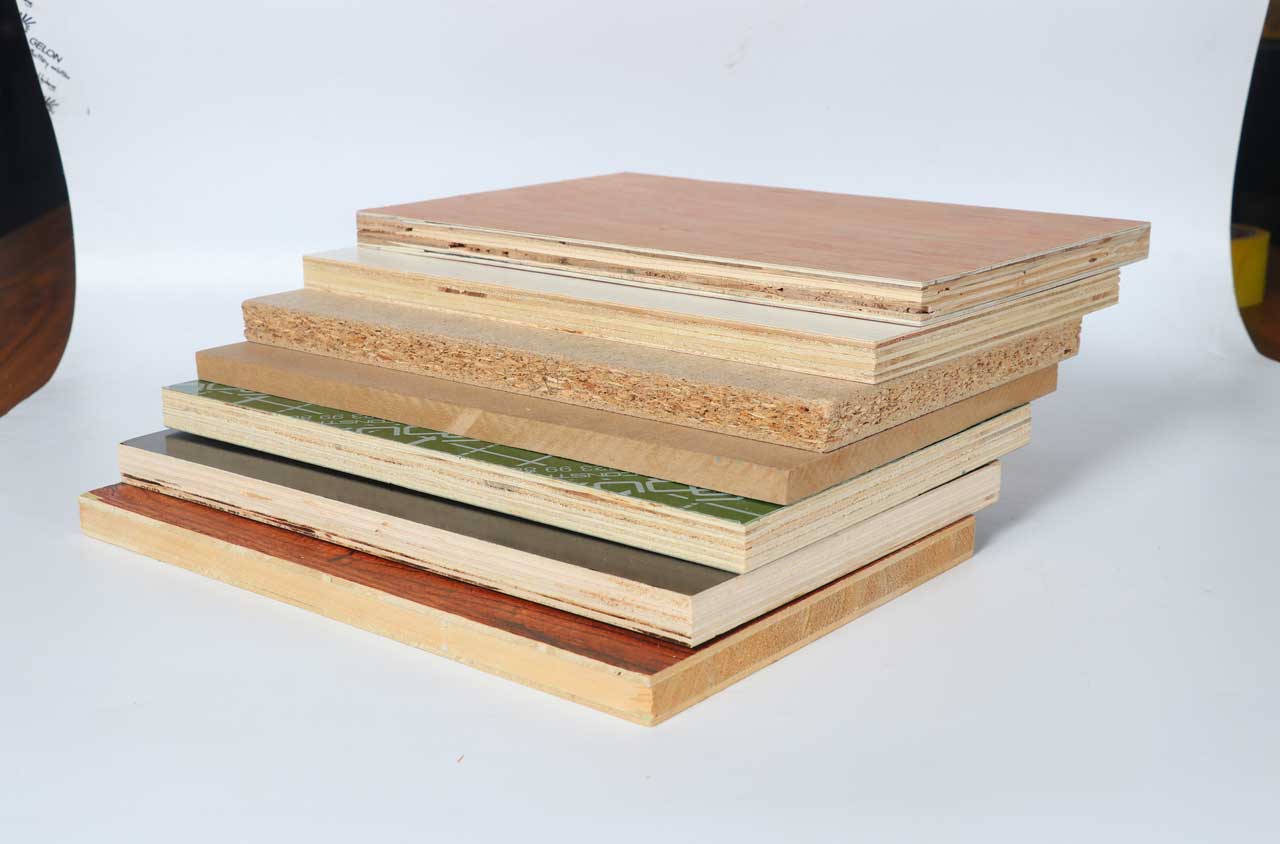
With the increasing status of custom furniture in the furniture market, most of the custom furniture, the raw materials are composite panels, so panels are currently being used in large quantities.
Compared with solid wood furniture, panel furniture is more affordable, and the surface veneer is more and more realistic and has a variety of patterns, so it is favored by young people and economic families. As far as the current market is concerned。
The veneer of panel furniture is mainly based on sticker skin and veneer.
With the improvement of sticker technology, it becomes more and more difficult to distinguish between stickers and stickers. Do you really understand the gap between the two? Follow me to learn!
Veneer technology of wood-based panels
01
Substrate processing
Check whether the bottom is penetrated, degummed, glued, and putty, to ensure that the substrate is flat and not penetrated to the bottom.The substrate error is within 0.2mm.

02
Apply concealer
The concealing agent plays the role of filling and covering, the purpose is to not leak the bottom and reduce the amount of glue used. Commercially available finished products can be purchased, but the colors are small. You can also adjust according to your needs. It consists of adhesives, pigments or dyes, fillers, etc.
The color should be basically close to the color of the veneer. After the masking agent is applied, it is dried in a dryer.

03
glue the plywood
The adhesive used is the prepared adhesive, which is divided into white glue and color glue. White glue contains adhesives, flours to increase viscosity, fillers, etc.
The color of the color glue should be basically close to the color of the veneer. In addition to the white glue, it also contains dyes or pigments, but the pigments cannot contain iron ions.
The white glue is easy to operate and does not pollute the board surface, but the color of the board surface will fade after sanding, become gray, and the color will float. The color glue makes the color of the board look deep and stable, but it is difficult to operate, and the glue that leaks out will cause pollution to the board surface.
The commonly used adhesives are emulsion glue and urea-formaldehyde glue.

04
Glue the Veneer
The wet sticking process is adopted, and the veneer is veneered using the push sticking or digging sticking technology. The butt joint of the patchwork should be neat, and the texture order should be clearly distinguished to ensure that a board should be consistent with each other.

05
Cold pressing and clean edge
Usually cold pressing 3 ~ 5h, the purpose is to reduce the hot pressing time and give the initial strength. After cold pressing, clean the edge, and cut off the excess veneer on both sides of the end. Be careful when cutting edges to avoid tearing. cause unnecessary downgrades.
06
hot pressing
Depending on the type of glue, give the veneer sufficient strength. The top plate of the heat press should be installed with felt board and heat-resistant film.

Sanding & Patching (Sticker Skip)
Sanding is divided into coarse sand and fine sand. After cold pressing, the moisture content of the slab is about 30%. Use 180~240# abrasive belt coarse sand, and the sanding amount is 0.03mm to remove burrs, dust, stains and laminations on the surface of the product.
The hot-pressed veneer should be repaired first; glue or subsidize the veneer where the glue, tear, and seam are separated; then scrape the unevenness, and finally pass the 80-120# abrasive belt to fine sand to make the board surface glossy and chromaticity.
08
grading, packaging
According to the product color, texture and defect, the product is inspected and graded. Pack the product according to standard packing conditions or user requirements.
Advantages and disadvantages of the two types of products
01
sticker-faced plywood

advantage:
It has rich color patterns, plain and textured, glossy and pockmarked, matte and bright. The plate is not easy to deform, and has good corrosion resistance and wear resistance.
shortcoming:
It is easy to degumming at the edge, and the surface is only flat and can not do the concave and convex effect. The overall viewing effect appears low-end.
Shopping items:
1. Check the cut surface of the plate to ensure that the substrate is tight and thick.
2. The finish is smooth and docile, the hand feels smooth and the color is uniform.
3. The edge sealing can not be warped and leaked, and there is no irritating odor.
02
solid wood veneer

advantage:
It glues natural veneer to the veneer of the base material. It does not look very different from solid wood cabinets, but the price is much cheaper. You can also choose the colors and textures of different tree species, splicing into flowers, etc.
shortcoming:
It is not easy to clean, and it is easy to deteriorate in a too humid environment.
Shopping items:
1. The surface wood grain is clear, the veneer is thick, and there are natural knots and chromatic aberration lines.
2. The edges and corners are round and seamless, and the leather is compliant.
3. Try to choose a guaranteed big brand, the solid wood veneer type is very particular about craftsmanship.
Sharp eyes to distinguish

Traditionally, it has become more and more difficult to distinguish veneers and stickers through wood grain radiation, grain, black lines, wood knots, and wood spots, and there is almost no difference in the vertical direction.
The sticker and the sticker can only be distinguished from the difference in their structure. No matter how the sticker’s craftsmanship improves, it cannot change its structural characteristics.
Essential difference:
1. The veneer has a certain thickness of about 0.3-0.6mm, and the wood grain has a three-dimensional effect; the sticker is very thin about 0.08mm, and the wood grain has no three-dimensional effect.
2. The veneer is not easy to bend along the grain; the sticker is easy to bend and can be continuously posted on the right-angle surface.

▲ Left sticker right veneer
01
Irradiation
(The flashlight or mobile phone flash is always on, and the parallel desktop is illuminated along the wood grain.)
Veneer: There are three-dimensional wood rays, which may be light-colored, etc., and the solid wood will also appear.
▼

Stickers: No three-dimensional wood rays appear, and the wood grains are all on the same plane. At the same time, if you look closely, you can find regular warp and weft threads, similar to cloth.
▼

02
Edge and edge observation method
(Observe the position of the edges and corners, and the direction of the wood grain.)
Veneer: The two planes are a piece of veneer (horizontal grain), and the arc part is a piece of veneer (vertical grain) ▼

The wood grains on both sides of the corners are different, and they are covered ▼

Sticker: two adjacent sides, continuous wood grain ▼

The corners can be turned over and over 90 degrees ▼


